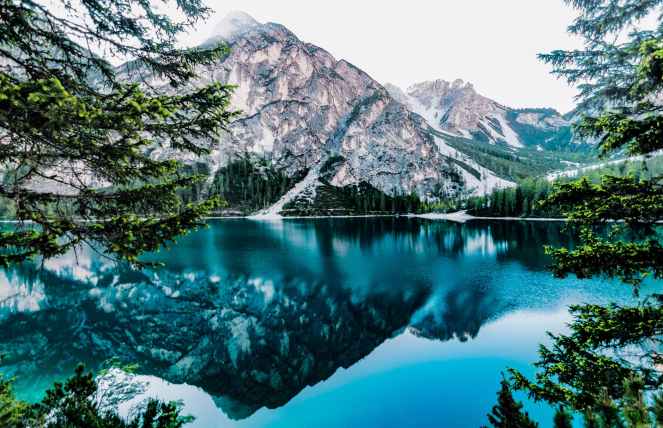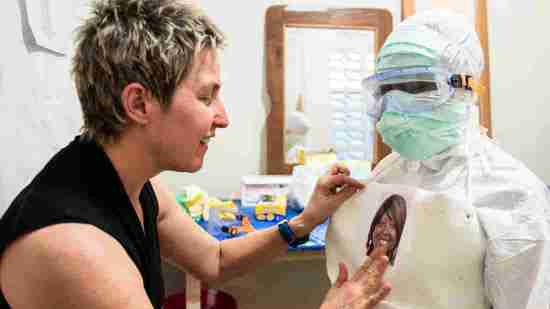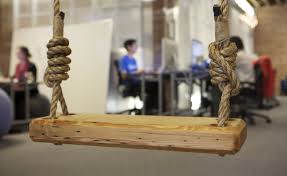
People often talk about the feeling that a natural space evokes for them – feeling calmed by a sunset, wowed by a thunder storm, awed by being on a mountain top. Even more so, we often describe feeling close to God or something bigger than themselves when we are out in nature. Whether we are hiking or sitting still, these natural places are often described as “holy”, “sacred”, and provide a deep connection and meaning to the people who experience them.
Elizabeth Boults, ASLA, a landscape architect and educator, recently presented on this idea at the ASLA 2019 Conference on Landscape Architecture in San Diego, CA. She discussed how rather than relying on big data trends to inform landscape design or even public initiatives, it is valuable to understand the spiritual feelings or significance that a place has.
From the ASLA DIRT blog:
With her husband Chip Sullivan, FASLA, a professor of landscape architecture at the University of California at Berkeley, who is a passionate proponent for honoring and designing with the unseen forces that shape landscapes, Boults outlined how one method that sounds a bit wacky at first — tarot cards — can actually be a thoughtful design tool for understanding the genus loci (spirit of place), which is so central to landscape architecture.
Boults believes that landscape architecture is a mix of art and science. Art relates to the “mysterious, non-linear, subjective” process of design, while science is about “rational structures, categories, and typologies.”
Beyond art and science though, there is also the spiritual aspect of landscapes. “Across cultures, people shape landscapes based on their beliefs.” Many cultures have had “gods and goddesses who are guardians of the spirit of places.” For example, Romans believed each home had a genius, which were honored through a shrine.
Prehistoric peoples were attuned to the “atmosphere, the flora, animal life, and geological formations; they listened to the trees, wind, and moon.” Boults wondered: “Are we still listening today?”
Some stubborn ancient beliefs are still alive and well in modern practices such as Feng Shui in China, Vastu Shastra in India, and landscape cosmologies among Native people and across many cultures. Within these cultural approaches to the landscape, it’s always important to “consult the genus loci of a place before starting a design process.”
You can read the full post here.
I am intrigued by the use of physical, tangible symbolism to help illustrate, explain, and solidify for ourselves to better understand what we mean, as well as explain it to other people.
What do you think? I’d love to read your comments below.









